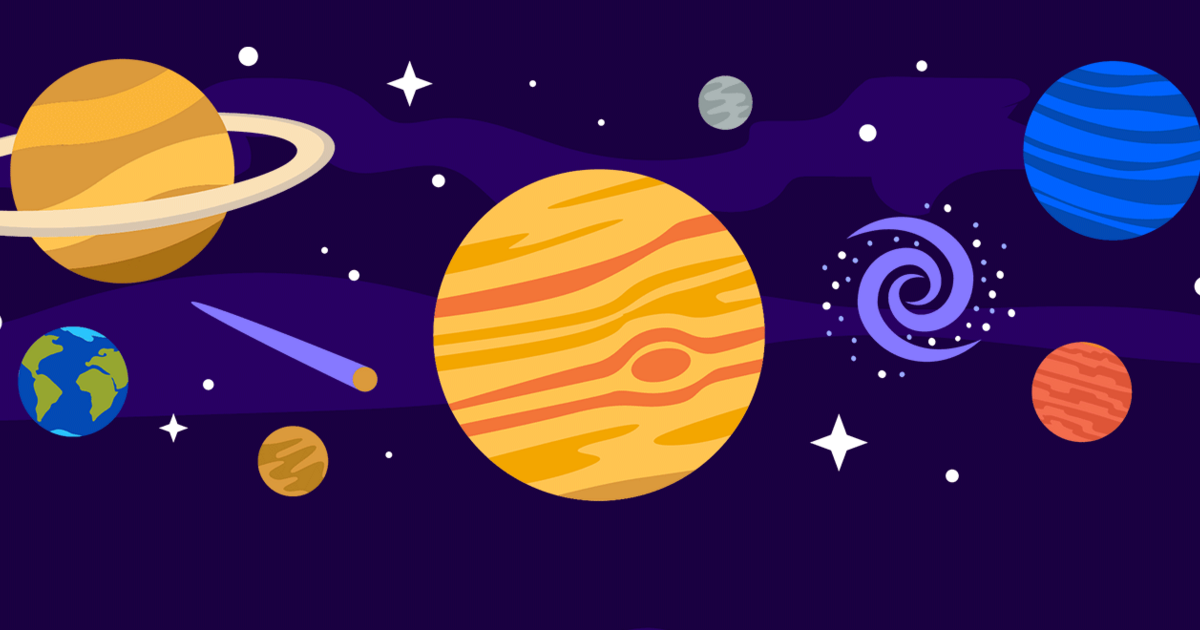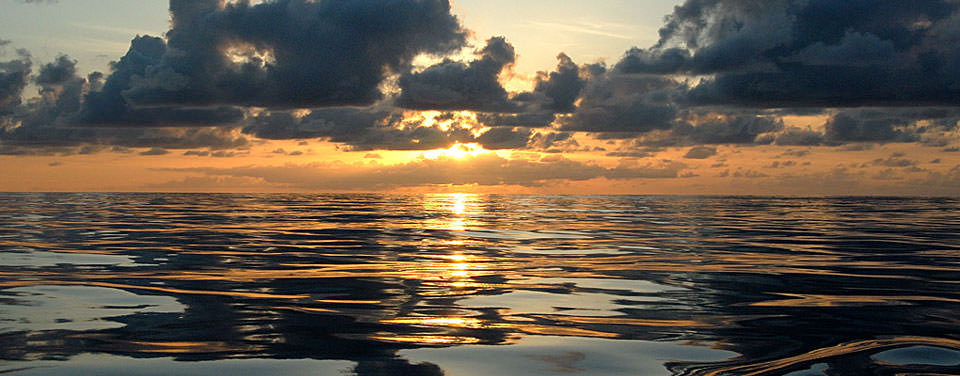martes, 16 de mayo de 2023
Community
lunes, 15 de mayo de 2023
Astronomic Influences
Astronomic influences
Moon, Sun and planets played an important role.
The formation of the solar system happened 4500 million years ago
Big bang theory
Most accepted theory
13,500 million years ago
The Earth
Shape
It has a apherical shape, but la not a perfect uphere. since la alightly flattened at the polar and bulky around the equator,
This peculiar shape of our planet is called geoid.
The Sun
- The Sun alone is one million three hundred thousand times larger than it
- The Sun is a star made of the same materials fourd in the Earth and the rest of the planets
- The proportions in the Sun are different. About three-quarters of the Sun's mass consists of hydrogen: the rest is mostly hellum. with much smaller amounts of other elements, such as oxygen, carbon, nitrogen, neon, iron. sillcon, magnesium, and sulfur.
- Like other stars, the Sun is spherical in shape, Due to Its rotational motion, it shows a slight flattening at its poles, Its structure is made up of a type of concentric layers, each of which has particular characteristics that are mentioned below.
- A huge mass of incandescent gas that produces its energy through atomic explosions.
- The large amount of mass that the Sun possesses exerts its gravitational influenco on all elements within the solar system.
- It attracts them all to itself and causes them to revolve in elliptical orbits around itself.
- Duration of year
- Seasons
- Duration of day and night
- Tides
- Life on Earth
- At the same time, light and atomic particles are sent to all comers of the solar system.
- On the other hand, the system can be delimited precisely by the radius of influence that the Sun exerts on this portion of space.
The Moon
Lithosphere
Lithosphere
Layer of the Earth
Earth´s crust
Mantle
Core
Proccesses that determine the formation of their relief
- Endogenous processes, bring together different forces that act on the Earth´s surface that are originated from the interior of our planet.
- Exogenous processes, bring together the forces of transformation that are originated in the earth´s crust.
Endogenous processes
Tectonic plate
- Divergent Plate Boundary: Originate in the oceanic crust in places where the convection dynamics of the mantle move the edges in opposite directions, forming a fault over the oceanic crust
- Dynamics of transformation: Their happens when the boundaries of two plates slide horizontally in opposite directions, forming transformation faults.
- Diastrophism: Set of processes originated by the convergence of plates, which derive from the regions of contact slowly in width of millions of years. It represents twisting of the crust in these of tectonic activity and results in the formation of mountain rages.
The cultural, ethnic and age diversity of your communnity - Socioeconomic History
The cultural, ethnic and age diversity of your communnity
Culture
Etncoculturalization
Ethnic diversity
Traditions
Ethnic diversity
- According to INEGI (2015) the 10% of the population calls themselves indigenous, 6.1% declare themselves to speak an indigenous language.
- Most of our country´s conserved ecosystems are located in indigenous territories (cosmovision)
- In 2018, 6.9% of the indigenous population was in poverty, while 39% of the non-indigenous population was in the same situation.
- The social disadvantages that indigenous people accumulate as a result of systematic processes of exclusion and discrimination limit their opportunities for development and participation.
- Conditions must be created for their full development and for the full exercise of their economic and social rights.
News
martes, 18 de abril de 2023
Hydrology in Mexico - Geo
Hydrology
Study of the water cycle in its natural environment, inland water processes in solid, liquid and gaseous state. Aspects related to the global water balance, so the dynamic of transfer between the atmosphere continents and oceans. The hydrosphere is the body of water present, low and above the Earth’s surface.
96% of the water on land is in the oceans and seas, which cover 70% of the land surface.
Oceanic waters
Characteristics
Salinity, temperature, density and content of nutrients and gases.
The water, contained in the oceans and seas, covers 60% of the surface. It plays a fundamental role in the dynamics of planetary systems, as well as climate and atmosphere.
Salinity: It is acquired through the erosion of rocks and soil at the bottom of water streams flowing into the sea, which incorporates different types of chemical compounds, including different types of salts.
Temperature: Oceans can absorb heat faster and conserve it longer than are, making them the main regulator of the earth’s temperature. Temperature depends on location.
Density: The density of the water in the oceans varies according to its salt content and its temperature, the most salts, the density increases, higher the temperature decrease.
Nutrients: These nutrients are very important to the life of our planet. Marine organisms that perform photosynthesis produce around 50% of the oxygen we breathe. Nitrates and phosphates are essential nutrients for marine plant species.
Oceanic movements
They have different depths and directions. Wind and storms create different oceanic currents. It helps on sailing. They are constants. Maury, father of oceanographic. The movement of ocean waters along the Earth is fundamental to dynamics of natural systems, less dense waters are located on the surface and transport heats to the surface of the continents, while cooler and more densely packed waters transport nutrients and dissolved gases to greater depths.
The interaction of solar radiation, rotational motion of our planet and its gravitational effect, generate the formation of ocean currents.
Types of currents
- Tidal currents are produced by the cycles of movement of coastal waters during the rise and fall of tides, which are determined by the gravitational influence of the moon and the sun.
- Thermocline circulation is mainly determined by differences in tidal density, caused by temperature and salinity.
- Surface ocean currents, formed by the friction that the winds on the surface of the oceans, and take the direction of the wind.
In land water
Water body
Rivers: surface runoff of water comes from precipitation that falls into mountains or high altitudes and forms surface streams. Permanent rivers are one of the main sources of drinking water for the vast majority of humanity.
Lakes: a body of water that forms within continents due to the accumulation of water from a river, when the shape of the relief is stabilized and forms a concave surface.
Groundwater: coming from the precipitation that infiltrates the subsoil forms large deposits of this liquid and underground streams, can emerge to the surface and form springs. The portion of fresh water in the subsoil is one of the most important sources of drinking water for humans.
Glaciers: frozen water that forms the progressive accumulation of snow on the relief. It presents a flow movement caused by gravity, which follows the contour of the relief
lunes, 20 de marzo de 2023
Social Phenomena - Socioeconomic History
Social Phenomena
Analysis of social phenomena
Corruption, Homophobia, Feminicide, Drug Traffiking and Animal Abuse
domingo, 19 de marzo de 2023
Urbanism - Socioeconomic History
Urbanism
Urbanism is the study of how the population of urban areas, such as towns and cities, interact with the built environment. It is a main component for urban planning, it is the practice that focuses on the physical design and management of urban structures and urban sociology, which is the academic field of study.
Principles of urbanism
Walkability
– Most things are within a 10-minute walk from home and work.
Connectivity
-The network of interconnected streets disperses traffic and makes walking easier.
Mixed use and diversity
-A mix of shops, offices, apartments and houses on the site. Mixed use within neighborhoods, interior and exterior.
Mixed Housing
-A range of types, sizes and prices in greater proximity.
Quality Architecture and Urbanism
- Design Emphasis on beauty, human comfort and creating a sense of place; a special situation for civil and solar uses within the community. The architecture within the human range and the beautiful surroundings nourish the human soul.
Urban cities
Los Angeles
Mexico city
Life plan
Outlook or life and career plan Definition of personal philosophy. Mission Fair, tolerant and just. I'm a good writer, I'm a good re...

-
💚 Geographic Information System Spaciallocation of information with a geographical component. Global positioning system It is based on th...
-
Astronomic influences Moon, Sun and planets played an important role. The formation of the solar system happened 4500 million years ago Big...
-
Geography Definition : The study of the enviroment and climate conditions of the Earth, it also study the distribution of living beings. Ty...























.jpg)
